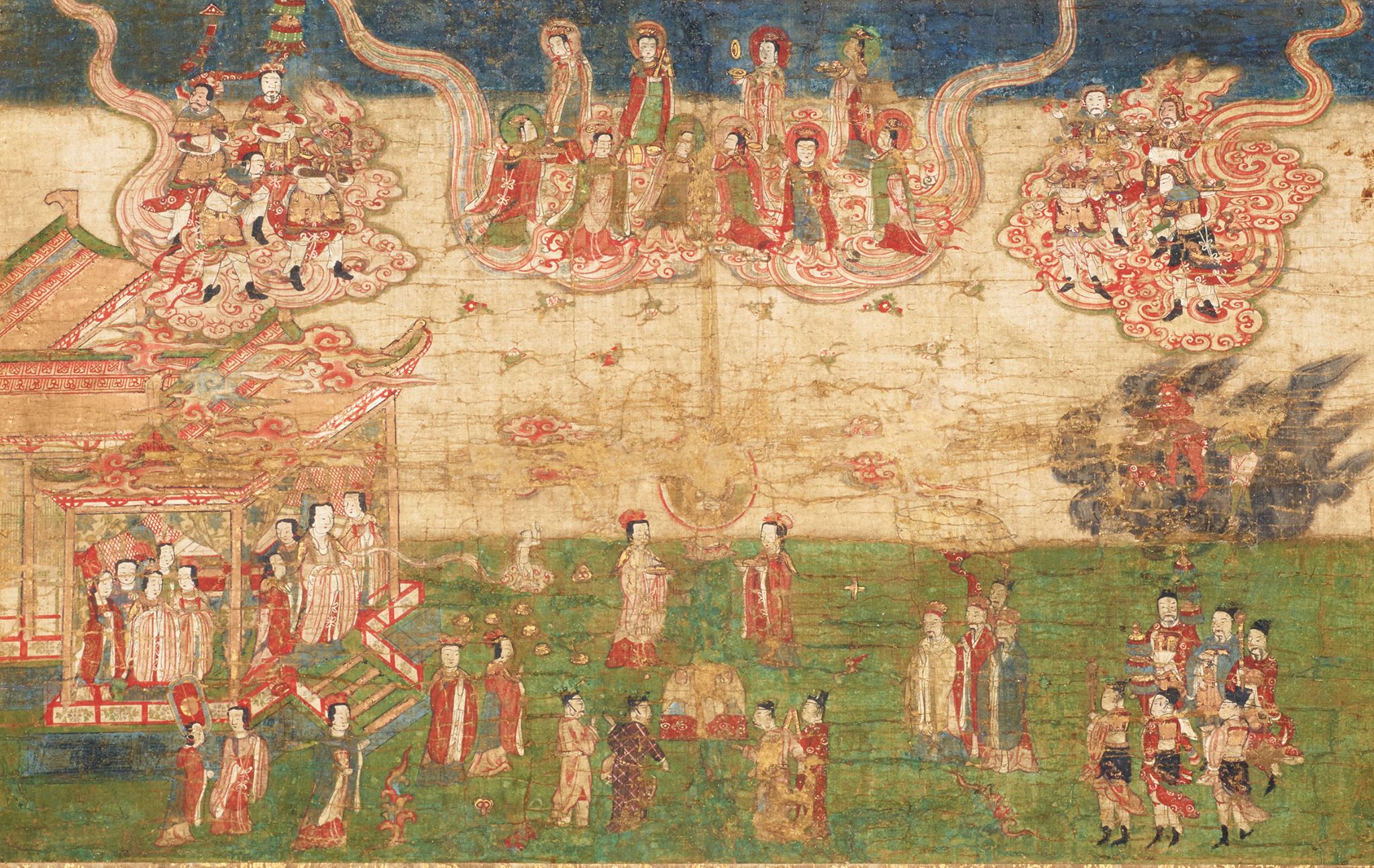
Manichaeism, founded in the 3rd century AD by the prophet Mani, was a syncretic religion blending elements of Zoroastrianism, Christianity, and Gnosticism, presenting a dualistic worldview of light versus darkness.
Manichaeism is a religion founded by Mani in Persia during the 3rd century AD, blending Zoroastrian dualism, Christian theology, and Gnostic ideas. It teaches that the universe is a battleground between the forces of light (good) and darkness (evil), with humanity caught in the struggle.
Mani, born in 216 AD near Babylon, claimed to be a prophet sent to complete the revelations of Zoroaster, Jesus, and Buddha. He founded Manichaeism after receiving visions from a divine “Twin,” aiming to create a universal religion, but was executed by Persian authorities in 277 AD for his teachings.
Manichaeism posits a stark dualism between light (the spiritual realm of God) and darkness (the material world of Satan), with particles of light trapped in human bodies and nature. Salvation comes through liberating this light via strict asceticism, knowledge, and rejection of the material world, guided by Mani’s scriptures.
Originating in the Sassanid Empire, Manichaeism spread rapidly along trade routes like the Silk Road, reaching the Roman Empire in the West and China in the East by the 4th century. Its missionaries adapted it to local cultures, gaining followers from North Africa to Central Asia until it faced persecution from Christian, Zoroastrian, and later Islamic authorities.
The Manichaean community was divided into two groups: the “Elect,” ascetic priests who abstained from meat, sex, and worldly goods to free their light, and the “Hearers,” laypeople who supported them with food and alms. This hierarchy reflected the religion’s focus on purity and its Gnostic emphasis on an elite with special knowledge. The Elect were seen as mediators of salvation, while Hearers hoped for reincarnation into purer lives.
St. Augustine of Hippo was a Manichaean “Hearer” for nearly a decade in his youth, drawn to its explanation of evil as a material force rather than a moral failing. He later rejected it, criticizing its deterministic view that absolved personal responsibility, a shift detailed in Confessions. His exposure shaped his later theology, particularly his focus on grace and the nature of sin.
Manichaeism faced intense opposition from established religions—Christianity in the Roman Empire, Zoroastrianism in Persia, and later Islam in the Middle East—leading to persecution and bans. Its complex cosmology and strict practices alienated many, while its lack of political power left it vulnerable. By the 10th century, it had largely faded in the West, though it lingered in Central Asia until the 13th century.
Mani wrote several scriptures, including the Shabuhragan, Book of Giants, and Living Gospel, which outlined his teachings and cosmology. These texts, often richly illustrated, were revered by followers but mostly lost due to persecution, with fragments surviving in languages like Coptic and Middle Persian.
Manichaeism saw Jesus as a divine figure of light, not a physical savior, who revealed knowledge to free souls from darkness, distinct from the Christian view of his incarnation and crucifixion. Mani claimed to be Jesus’ successor, the “Apostle of Light,” integrating him into a broader pantheon alongside Zoroaster and Buddha. This reinterpretation appealed to some Christians but clashed with orthodox theology, fueling conflict.
Though extinct as a religion, Manichaeism’s dualistic framework influenced later movements like the Cathars in medieval Europe, who adopted similar light-dark cosmologies. Its emphasis on asceticism and esoteric knowledge echoes in Gnostic traditions. Augustine’s critique in Confessions preserved its ideas for study, shaping Christian theology’s response to dualism. Archaeological finds, like texts in Turfan, China, reveal its once-global reach. Its syncretic nature highlights the fluidity of religious ideas in Late Antiquity. Today, it’s a historical lens into the clash of faiths in a connected ancient world.